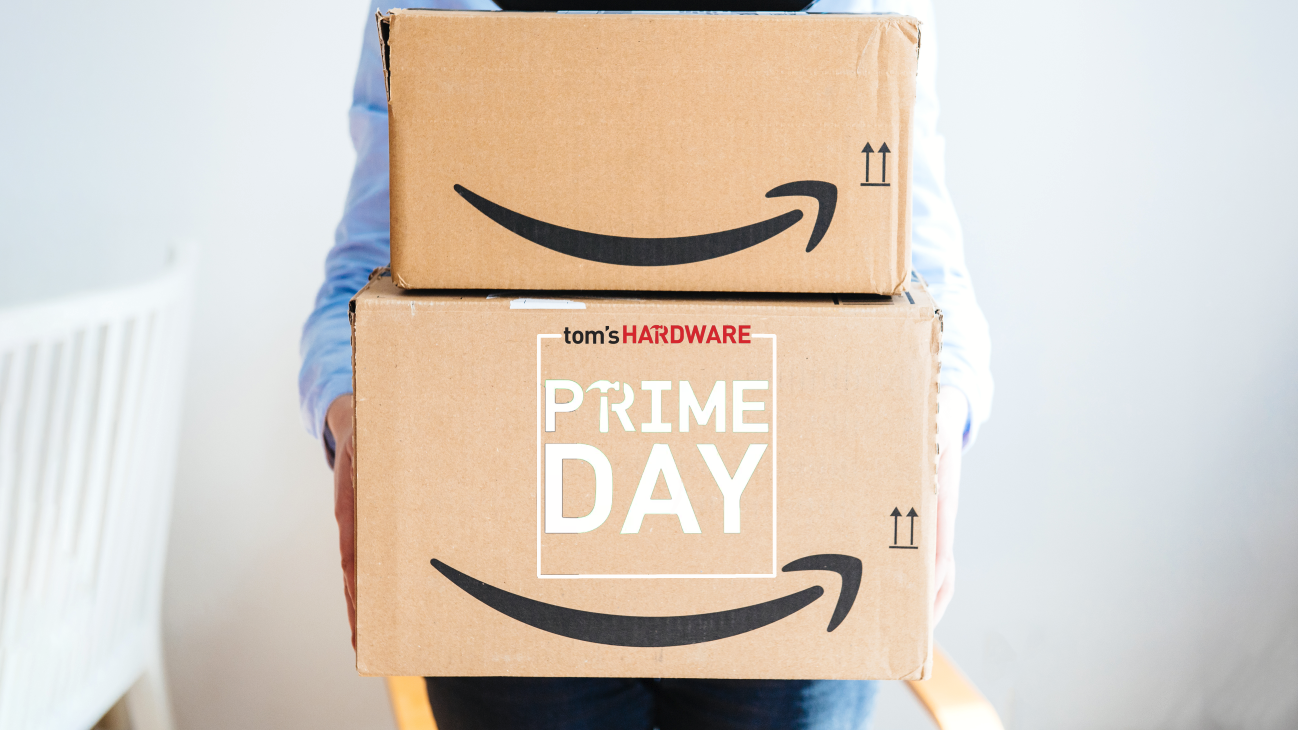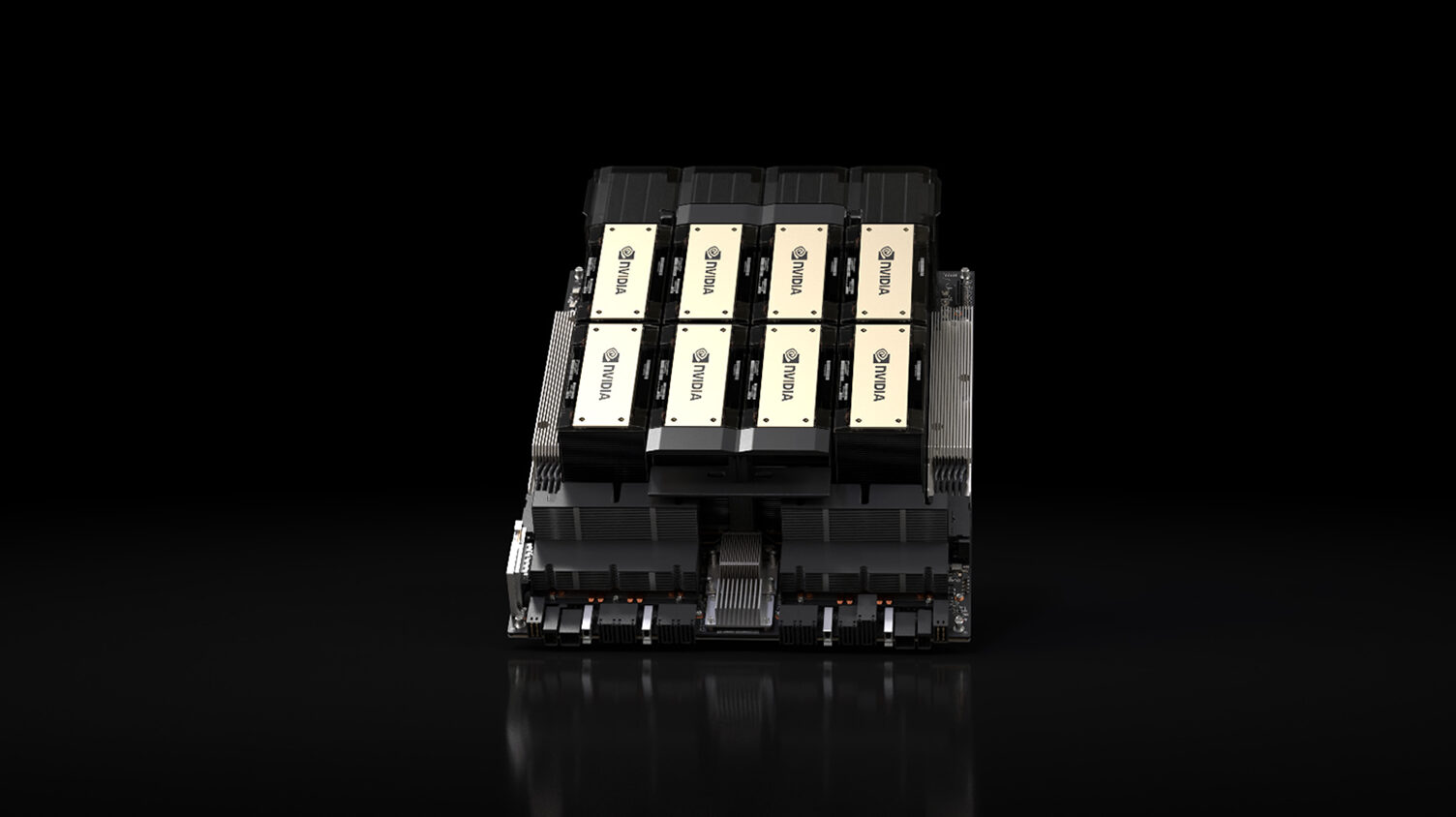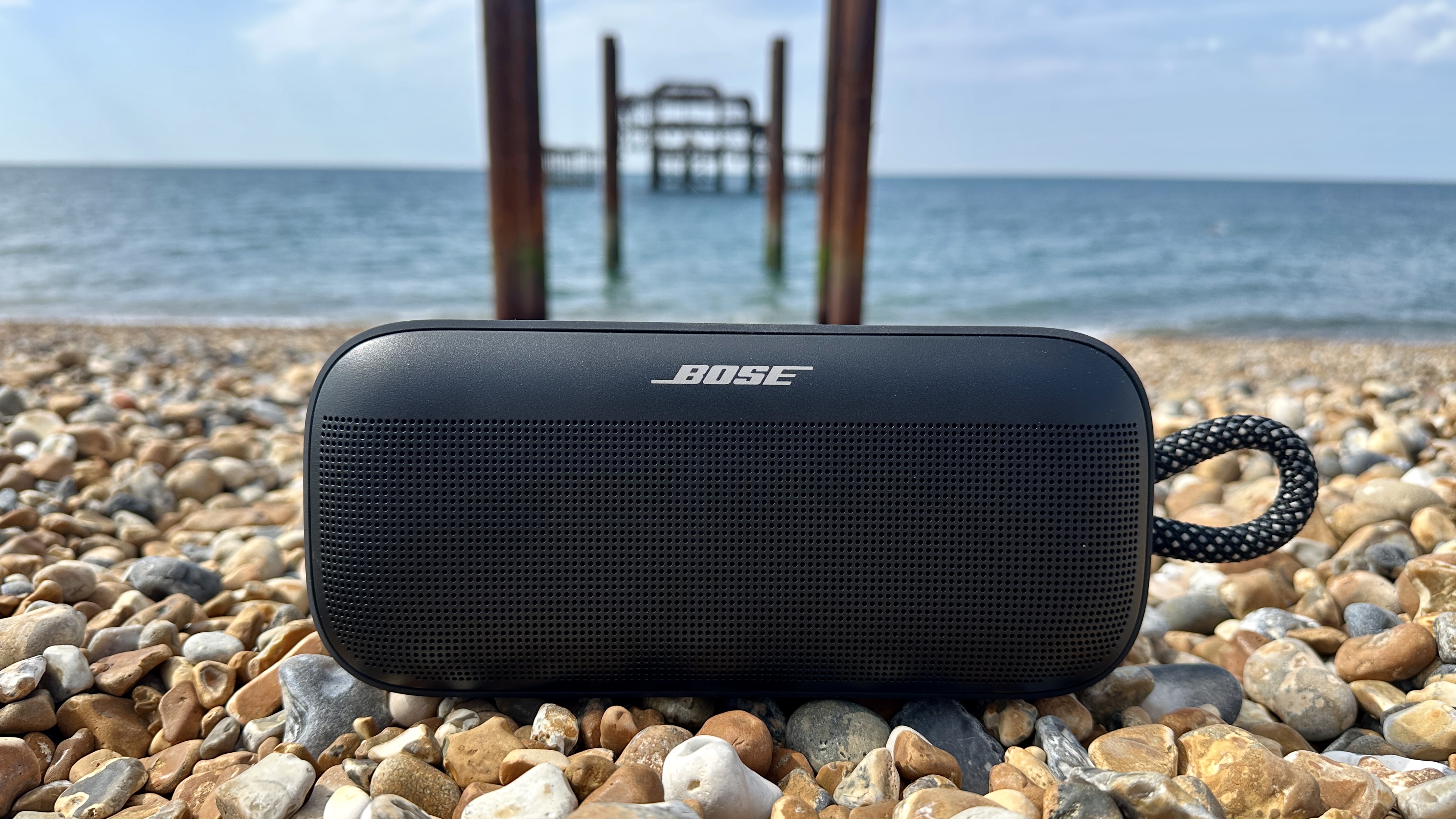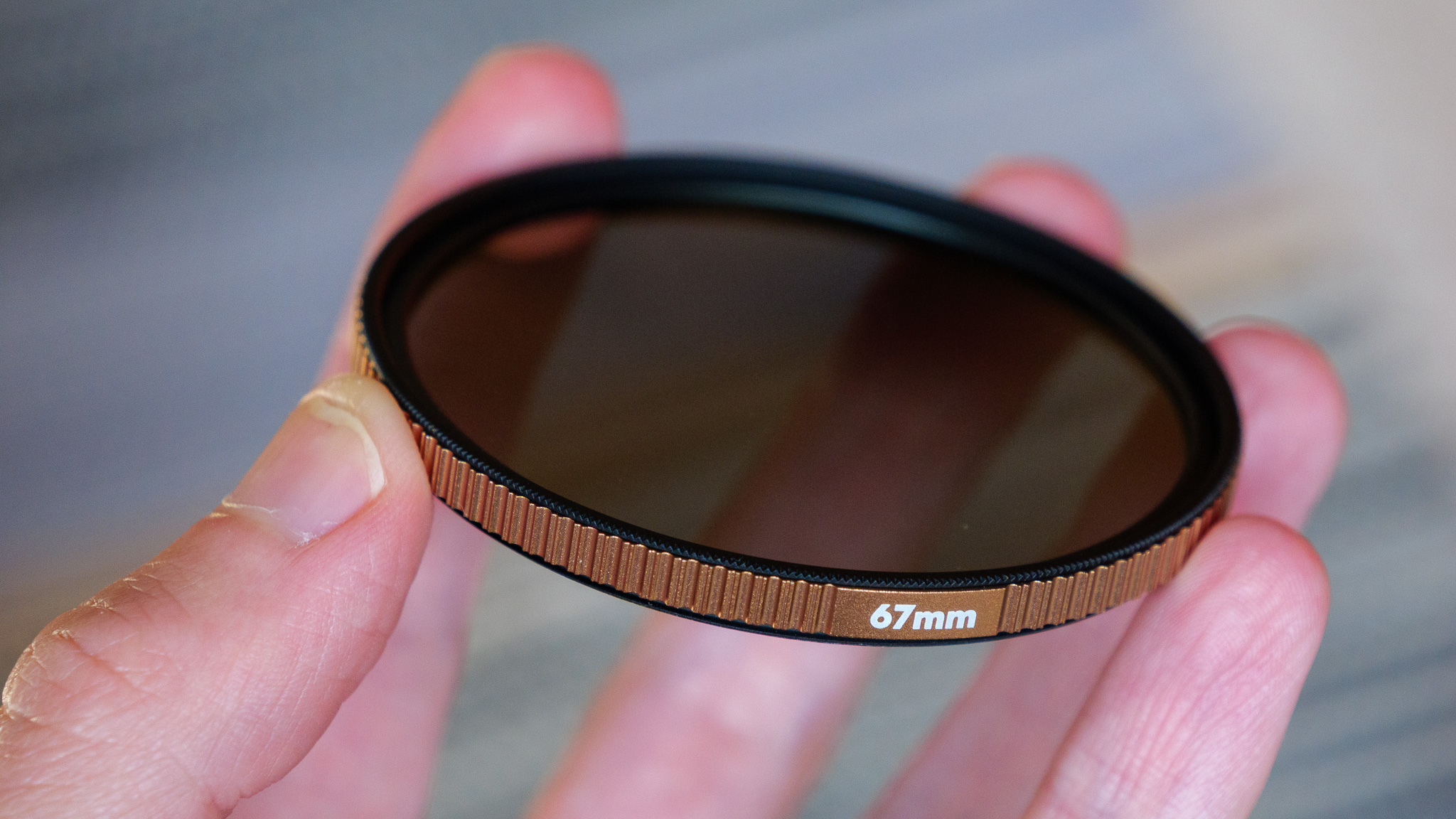How to safely carry your camera on hikes
Photo: Kevin Mahoney Hiking with a camera can be incredibly rewarding. It can open up new opportunities for photographs and refresh creativity. However, it also presents some challenges. Finding a way to keep your gear safe while carrying it comfortably can be tricky, especially on more rugged hikes. Add in larger cameras or lenses, and things get even more difficult. While finding the ideal solution for each individual takes trial and error, below are some tips as you get started. Quality camera bag Shimoda is one company that makes rugged, adventure-specific camera backpacks. Photo: Gannon Burgett First and foremost, a quality camera bag is a must to keep your gear safe while allowing you to bring other essential hiking items. When looking for a backpack or bag for hiking with your camera, choose one made of durable, weather-resistant (or, even better, waterproof) materials. If your bag is only weather-resistant, make sure you have a rain cover or pack liner to keep your gear dry. Plenty of padding and structure are also essential to protect your camera. The padding also keeps your camera safe while you have other gear packed, since you'll generally need more than just your camera during hikes. Finally, a proper fit is critical. An ill-fitting bag could lead to chafing or back issues, making your hike uncomfortable or even dangerous. Whenever possible, try on a bag when loaded with some weight before setting out on a long hike to identify if there are any fit issues. Even better, look for a bag with adjustable torso lengths so you can dial in the fit. Camera strap or clip Though not specifically designed for hiking, this Magpul MS4 strap at least puts the camera in a more comfortable position than straps that are worn around the neck. Photo: Mitchell Clark While a camera bag is necessary, you'll likely want your camera out for most of your hike. After all, if it's tucked away, you're less likely to actually use it, or you may miss a chance to photograph something fleeting. Quick access is ideal, but your camera also needs to be secure and comfortable to carry. There are a few options for keeping your camera accessible. First, you could opt for a camera strap, though we'd recommend a hiking-specific strap. A traditional strap can put a lot of strain on your neck and back. It could cause chafing as well, especially on long hikes. A hiking-specific strap, like those from Cotton Carrier or BlackRapid, could be more comfortable than a traditional strap, thanks to extra padding. However, if you're wearing a backpack, make sure the strap works with that. Hiking-specific straps are designed to keep the camera from bouncing around on your body. Even more beneficial than padding, though, is the added stability. Hiking-specific straps are designed to keep the camera from bouncing around on your body. Traditional camera straps worn around the neck or shoulder allow the camera to swing when you move, sometimes with an extremely uncomfortable amount of momentum. It could lead to a broken camera if it swings out at the wrong time and hits a rock or tree. Hiking camera straps secure the camera to your body so you can hike without holding onto it to keep it protected. The Peak Design Capture Clip is one way to keep your camera quickly accessible, though it works best with smaller setups. Photo: Seth Halleran If a strap isn't your style, some companies make clips that attach your camera to your backpack. Peak Design's Capture Clip is a popular example. It connects to a backpack strap or belt and uses a quick-release-style plate to give you quick access to your camera while keeping it secure against your body. That said, depending on your body, your camera setup and your backpack, those clips can put the camera in quite an uncomfortable position. Be sure to test it before setting off on a long hike. This camera backpack was not a good fit for my body, so it was rather a pain to hike with. Photo: Kathryn Melheim Final thoughts on hiking with a camera Hiking with a camera doesn't have to be overly complicated or require loads of fancy, specialized gear. The key is finding a setup that is comfortable for you so that you want to bring your camera along while keeping you and your gear safe.

 |
| Photo: Kevin Mahoney |
Hiking with a camera can be incredibly rewarding. It can open up new opportunities for photographs and refresh creativity. However, it also presents some challenges. Finding a way to keep your gear safe while carrying it comfortably can be tricky, especially on more rugged hikes. Add in larger cameras or lenses, and things get even more difficult. While finding the ideal solution for each individual takes trial and error, below are some tips as you get started.
Quality camera bag
 |
|
Shimoda is one company that makes rugged, adventure-specific camera backpacks. |
First and foremost, a quality camera bag is a must to keep your gear safe while allowing you to bring other essential hiking items. When looking for a backpack or bag for hiking with your camera, choose one made of durable, weather-resistant (or, even better, waterproof) materials. If your bag is only weather-resistant, make sure you have a rain cover or pack liner to keep your gear dry.
Plenty of padding and structure are also essential to protect your camera. The padding also keeps your camera safe while you have other gear packed, since you'll generally need more than just your camera during hikes.
Finally, a proper fit is critical. An ill-fitting bag could lead to chafing or back issues, making your hike uncomfortable or even dangerous. Whenever possible, try on a bag when loaded with some weight before setting out on a long hike to identify if there are any fit issues. Even better, look for a bag with adjustable torso lengths so you can dial in the fit.
Camera strap or clip
 |
|
Though not specifically designed for hiking, this Magpul MS4 strap at least puts the camera in a more comfortable position than straps that are worn around the neck. |
While a camera bag is necessary, you'll likely want your camera out for most of your hike. After all, if it's tucked away, you're less likely to actually use it, or you may miss a chance to photograph something fleeting. Quick access is ideal, but your camera also needs to be secure and comfortable to carry.
There are a few options for keeping your camera accessible. First, you could opt for a camera strap, though we'd recommend a hiking-specific strap. A traditional strap can put a lot of strain on your neck and back. It could cause chafing as well, especially on long hikes. A hiking-specific strap, like those from Cotton Carrier or BlackRapid, could be more comfortable than a traditional strap, thanks to extra padding. However, if you're wearing a backpack, make sure the strap works with that.
Hiking-specific straps are designed to keep the camera from bouncing around on your body.
Even more beneficial than padding, though, is the added stability. Hiking-specific straps are designed to keep the camera from bouncing around on your body. Traditional camera straps worn around the neck or shoulder allow the camera to swing when you move, sometimes with an extremely uncomfortable amount of momentum. It could lead to a broken camera if it swings out at the wrong time and hits a rock or tree. Hiking camera straps secure the camera to your body so you can hike without holding onto it to keep it protected.
 |
|
The Peak Design Capture Clip is one way to keep your camera quickly accessible, though it works best with smaller setups. |
If a strap isn't your style, some companies make clips that attach your camera to your backpack. Peak Design's Capture Clip is a popular example. It connects to a backpack strap or belt and uses a quick-release-style plate to give you quick access to your camera while keeping it secure against your body. That said, depending on your body, your camera setup and your backpack, those clips can put the camera in quite an uncomfortable position. Be sure to test it before setting off on a long hike.
 |
|
This camera backpack was not a good fit for my body, so it was rather a pain to hike with. Photo: Kathryn Melheim |
Final thoughts on hiking with a camera
Hiking with a camera doesn't have to be overly complicated or require loads of fancy, specialized gear. The key is finding a setup that is comfortable for you so that you want to bring your camera along while keeping you and your gear safe.





























